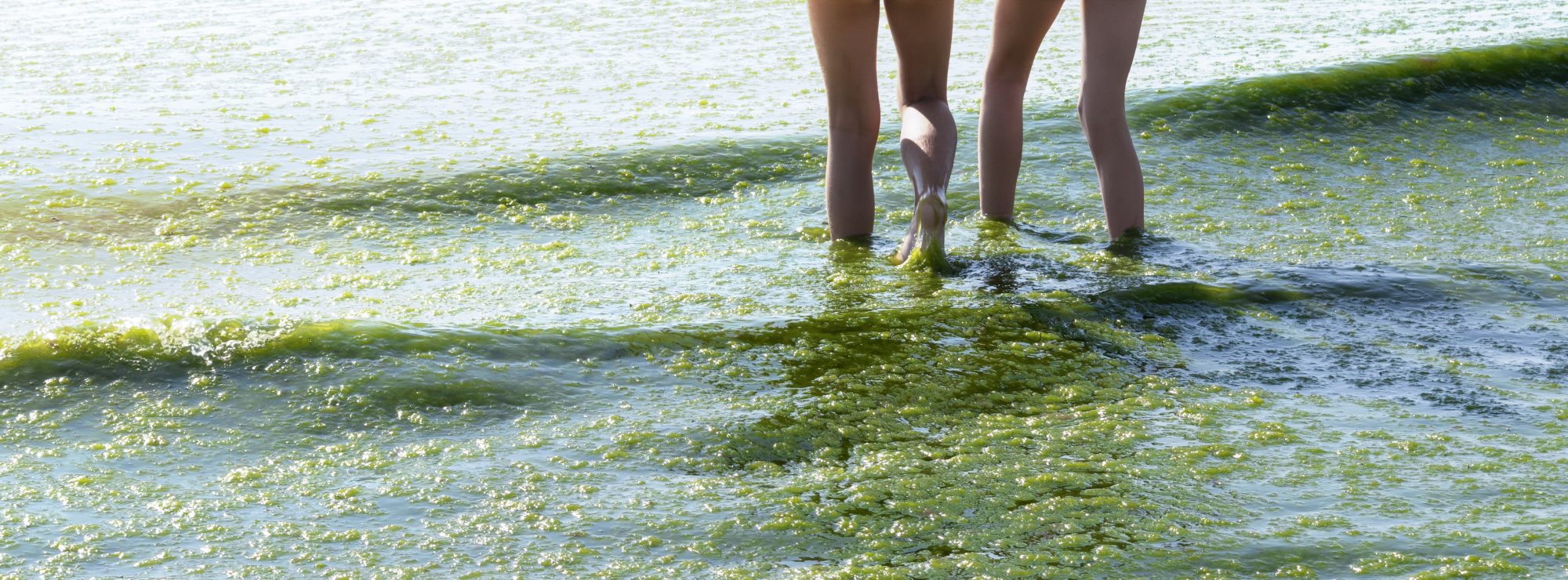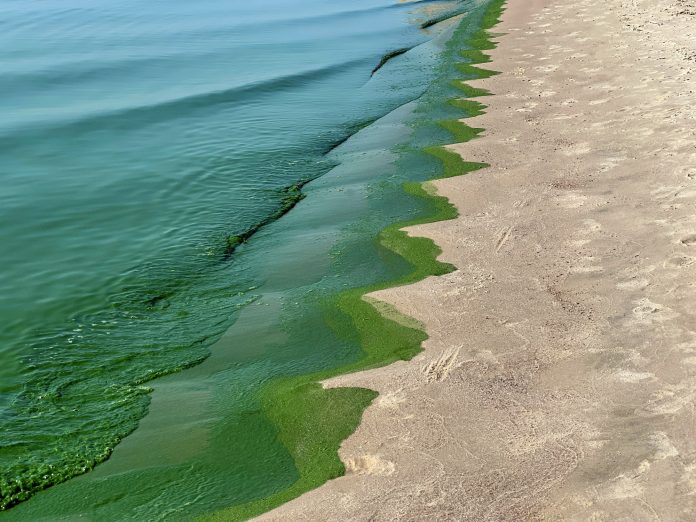In a worrying development since 2021, the Atlantic Ocean has been plagued by an increasingly prevalent toxic variant of algae known as ostreopsis
Over 900 individuals have fallen ill from the microscopic algae, which made its first appearance in the Atlantic two years ago.
Health risks and symptoms of Ostreopsis exposure
Recent reports have highlighted how this toxic algae in the Atlantic Ocean is unleashing a wave of flu-like symptoms among beachgoers, including nausea, red eyes, and fatigue.
These unwelcome side effects are believed to be caused by the release of harmful toxins by microscopic algae Ostreopsis.
As the algae proliferate and come into contact with humans, the toxins can irritate the respiratory system and lead to symptoms resembling those of the flu and Covid-19.
This alarming development has raised concerns among health officials, who are urging beach visitors to exercise caution and take necessary precautions.
Concerns over the continued spread
Toxins released by toxic algae in the Atlantic Ocean can be transmitted through various means, including inhaling sea spray, skin contact, or ingestion.
A comprehensive educational booklet published by the Surfrider Foundation Europe highlights the concerning role of climate change in facilitating the rapid proliferation of these algae.
As sea temperatures rise, the favorable conditions for their growth and spread increase as well.
This worrisome trend raises apprehensions among experts about the potential infiltration of these algae throughout the entire Atlantic Sea and also the Mediterranean coast, posing a significant threat to the delicate balance of marine ecosystems in both regions.

Measures to combat the toxic menace
Among the groups most vulnerable to algae-related health issues are restaurant owners, lifeguards, and other beachfront professionals.
ANSES, the French Agency for Food, Environmental and Occupational Health & Safety, suggests implementing measures to safeguard these populations.
This includes organising working hours to limit exposure during algal proliferation and providing protective equipment for water abstraction personnel.
ANSES also identifies individuals with respiratory problems as particularly susceptible to the algae’s effects and advises them to avoid coastal areas during algal blooms.
The agency further advocates for increased water monitoring, not solely limited to supervised beaches but encompassing all beaches with water activities.
Future action to combat ostreopsis
To combat the algae menace, ANSES recommends a range of measures, varying based on algae concentration and reported poisonings.
These actions include public awareness campaigns, beach closures, and restrictions on nautical activities.
In 2021, several seaside resorts along the Basque coast, such as Biarritz, Saint-Jean-de-Luz, and Bidart, had already taken the proactive step of closing their beaches in response to the algae threat.
As the risks associated with toxic algae continue to loom large, proactive efforts and increased vigilance are vital to mitigate the impact on human health and preserve the natural beauty of our coastal environments.











